With summer wrapping up and fall just around the corner, I decided to get outside and spend some time photographing the diverse ecosystem that I helped to create in my gardens and yard. What exactly is an ecosystem? The most simple definition is a geographic area where plants, animals, and other organisms, as well as weather and landscapes, work together to form a brilliant bubble of life. It hasn’t been the easiest of tasks to get outdoors lately between the extreme humidity and several days of rain that we have been experiencing here in Maine. I can’t complain too much because the rain has provided the area with much-needed water for the flora and fauna to thrive after an extremely dry spring. During this time of year, we are usually experiencing drought-like conditions. The weather has given birth to beautiful flowers and an earlier exit for our usual pesky insects such as the black fly, mosquitoes, and deer flies. While we are usually plagued with several of these types of insects well into the summer months, there have been fewer of them, resulting in fewer bites. Always a good thing in my book. I’m aware that they, too, are beneficial to nature, but I don’t particularly care for their being here in the yard. Instead, we have had plenty of bumblebees, butterflies, and hummingbird moths.
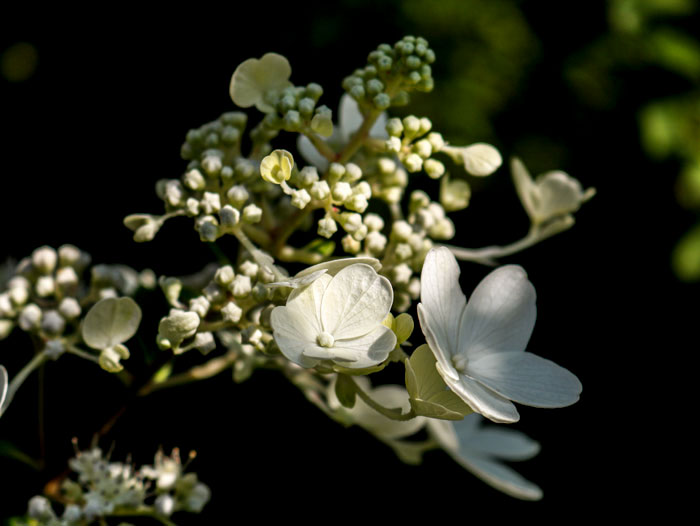
A thriving Pinky Winky hydrangea (Hydrangeaceae) that I planted last year
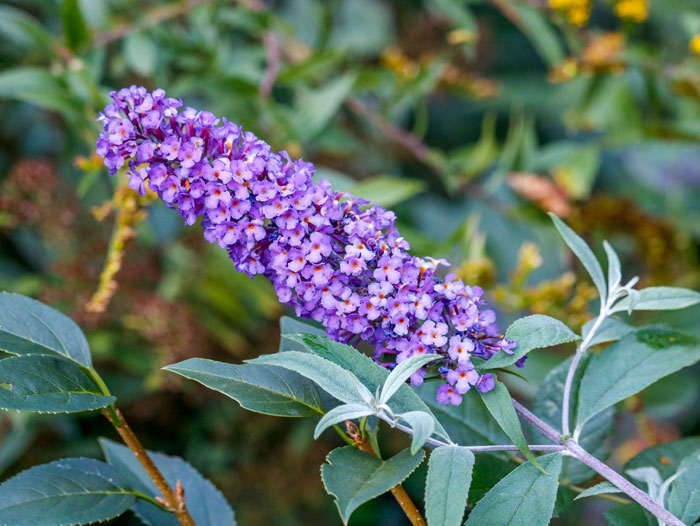
A purple butterfly bush (Buddleja davidii) that I planted this spring
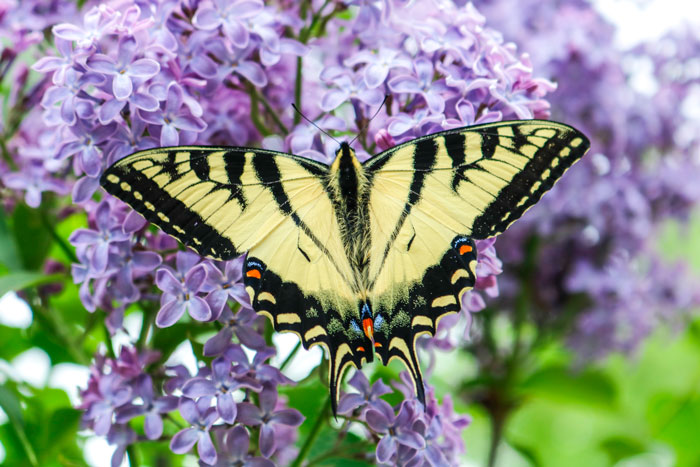
Tiger swallowtail (Papilio glaucas) feeding from lilac (Syringa)
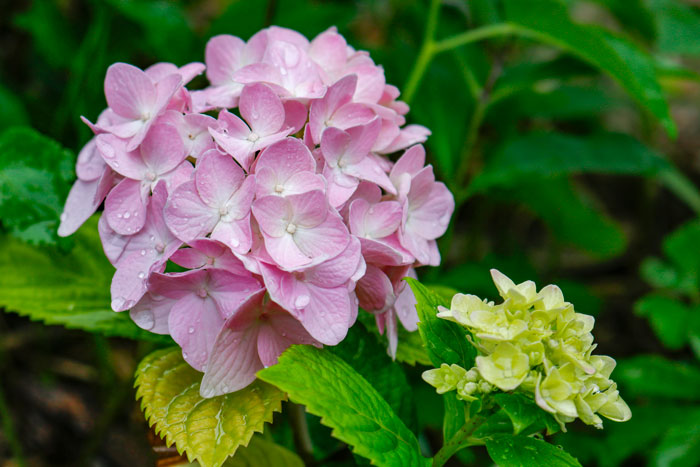
One of the six Hydrangea Arborescens Blue (Hydrangeaceae) that I planted this year
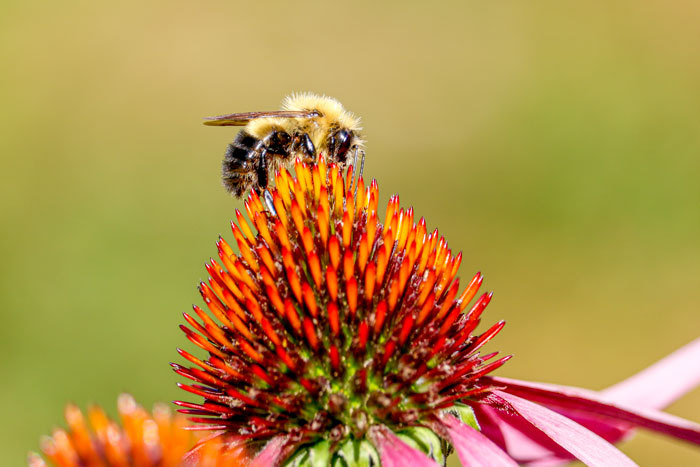
Bumblebee (Bombus) feeding from a purple coneflower (Echinacea)
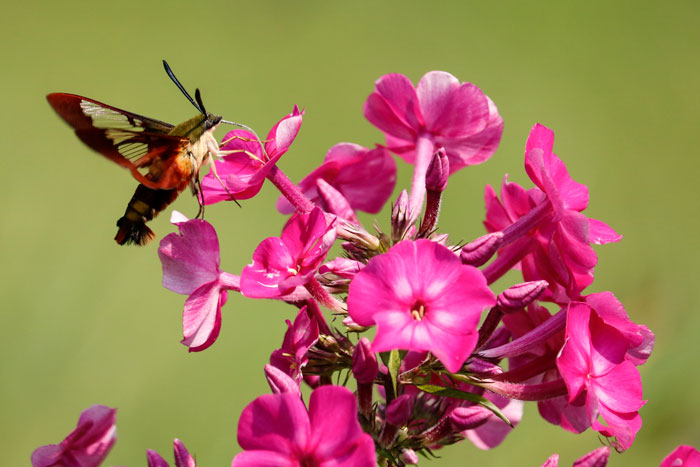
Hummingbird moth (Hemaris) feeding from phlox (Polemoniaceae)
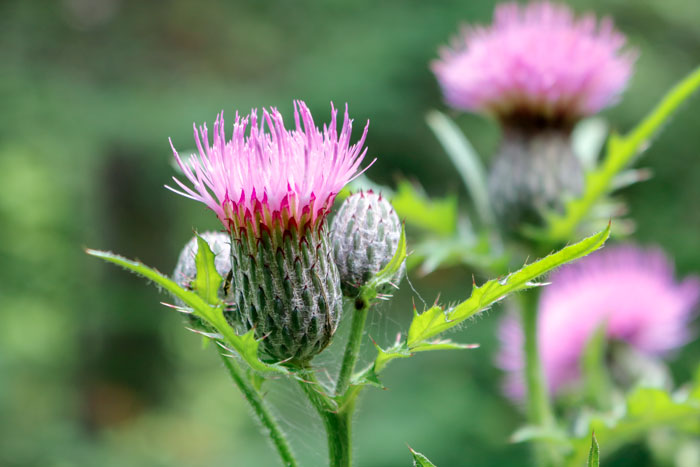
Finding thistle (Asteraceae) in the woods
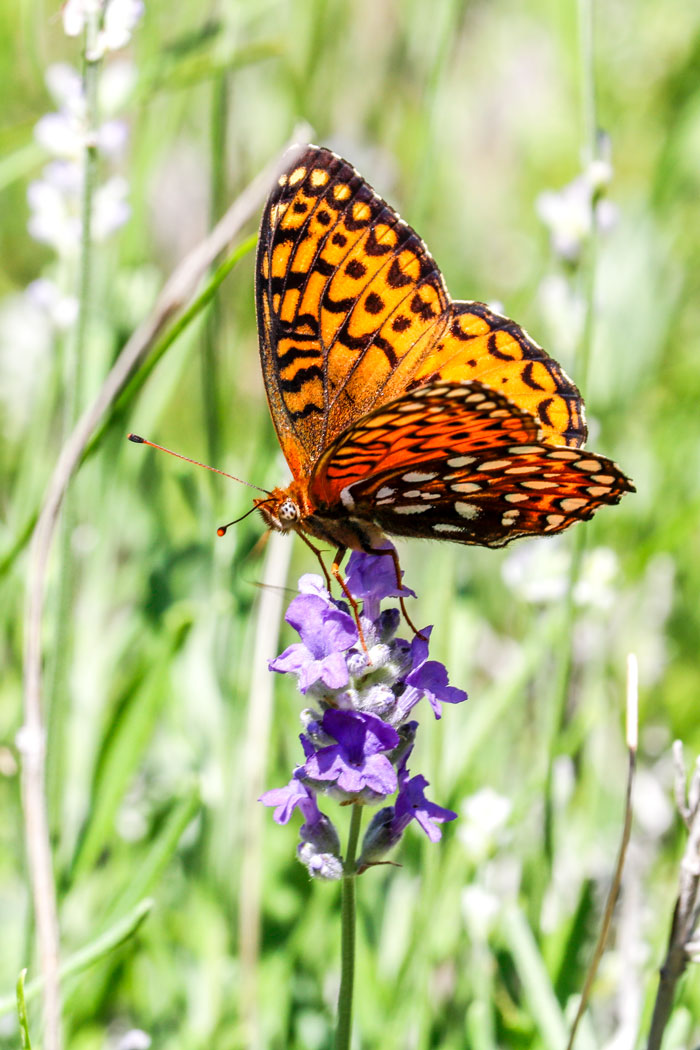
Fritillary (Nymphalidae) feeding from lavender (Lavandula)
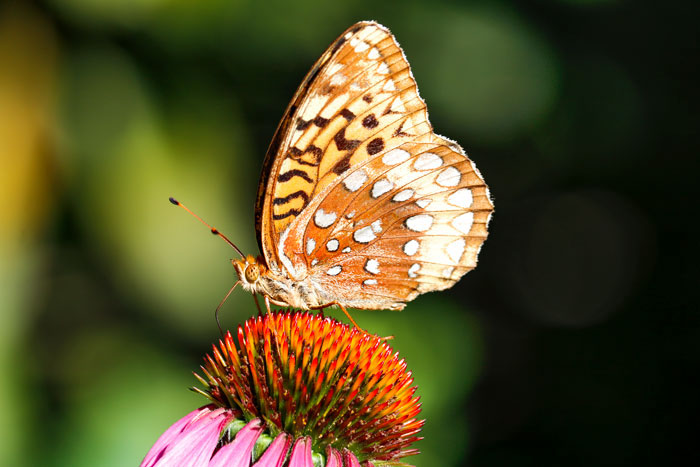
Fritillary feeding from a coneflower
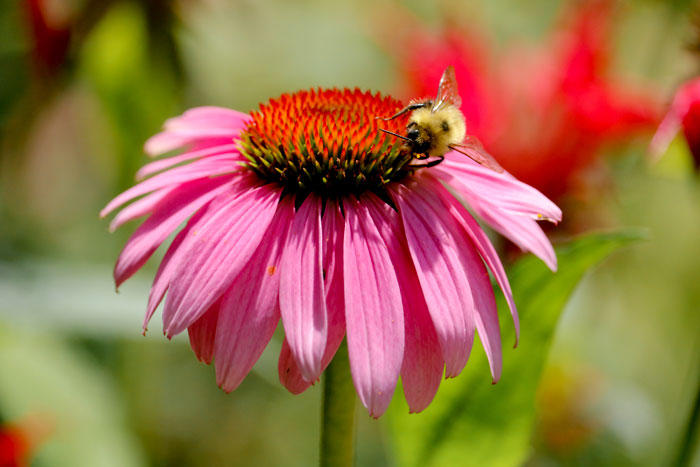
Bumblebee feeding from a coneflower
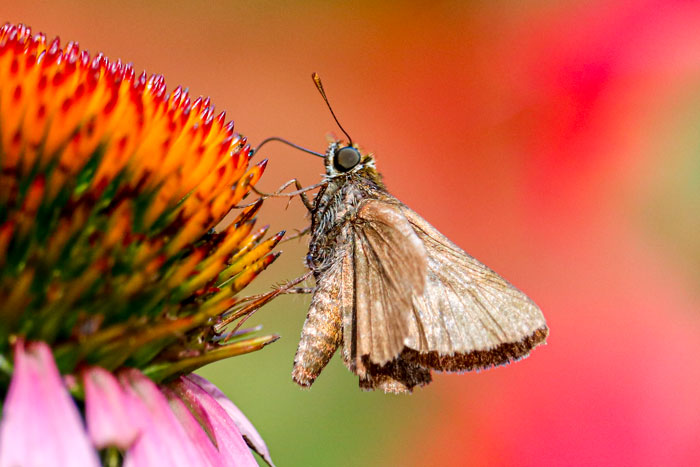
Skipper (Hesperiidae) feeding from a purple coneflower
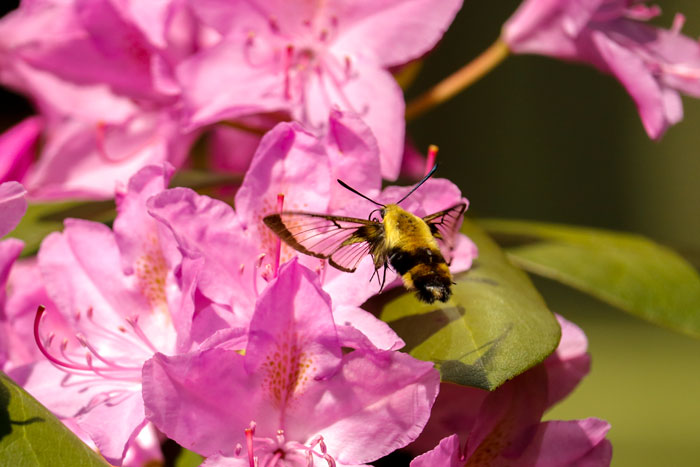
Hummingbird moth flying toward rhododendron (Ericaceae)
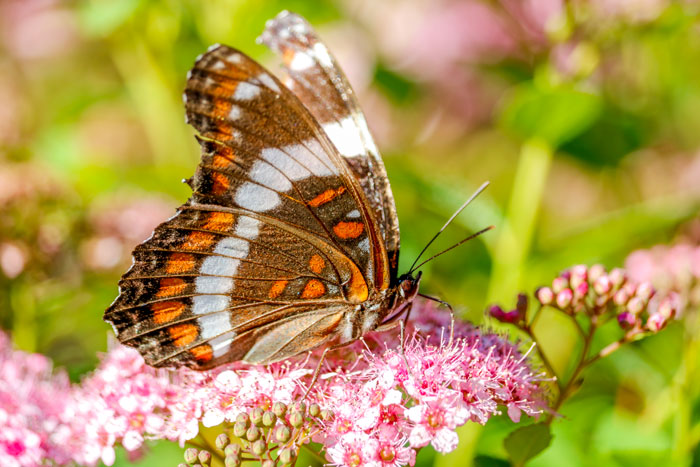
White Admiral Butterfly (Limenitis arthemis) feeding from spirea (Rosaceae)
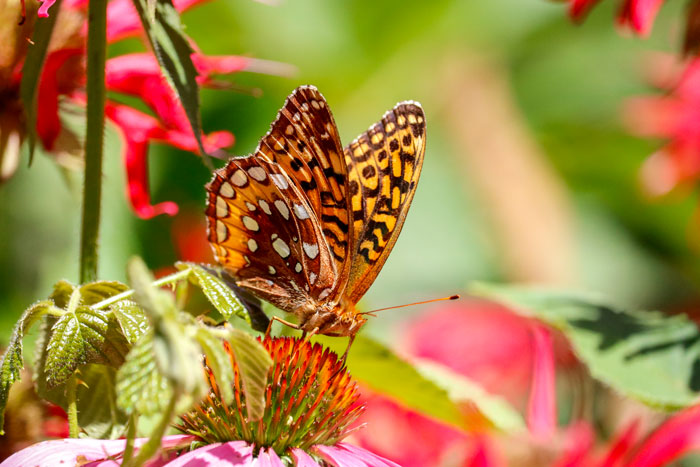
Fritillary visiting the flower garden
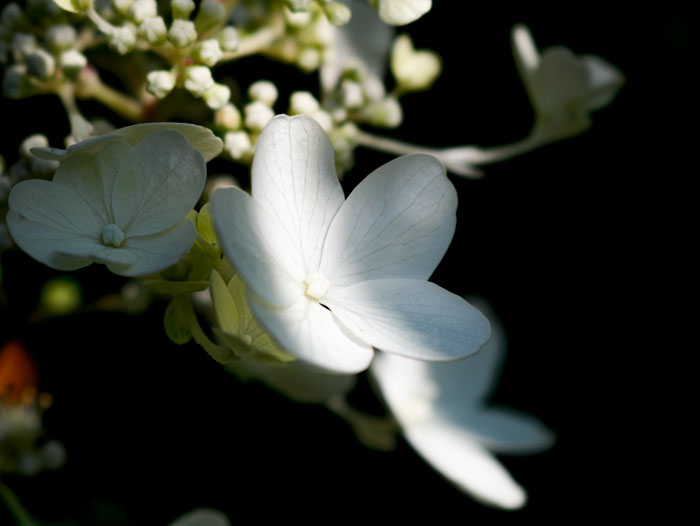
Another view of a Pinky Winky hydrangea
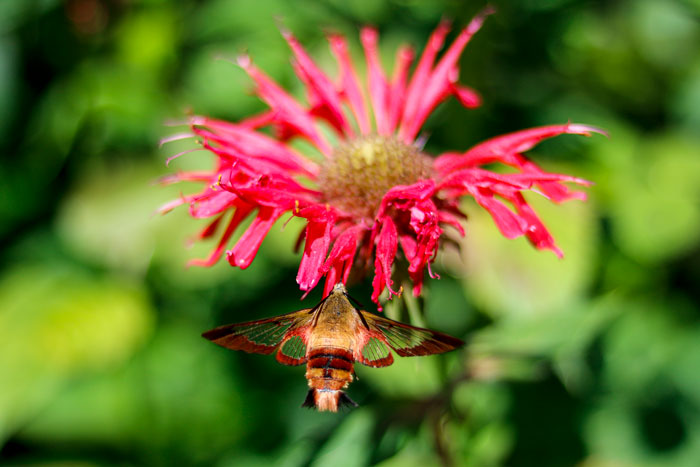
Hummingbird moth feeding from beebalm (Monarda)
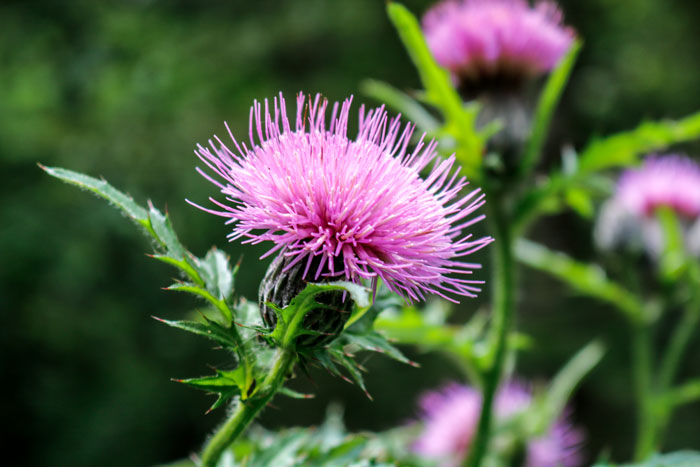
Another view of thistle
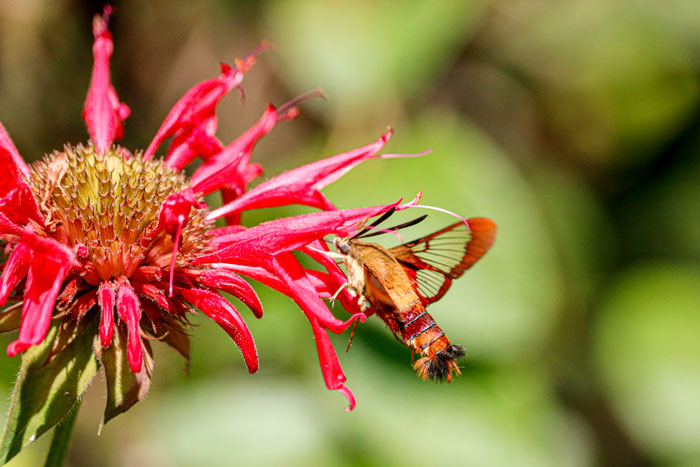
Feeding hummingbird moth
Along with the ever-changing weather, I have experienced one of the most exciting summers in regard to watching bird nestlings and fledglings thrive around the yard, as well as a few fascinating juvenile bird sightings. I have also had the pleasure of hand-feeding a few black-capped chickadees (Poecile atricapillus) throughout the summer and their numbers are increasing by the day. By October, I will be hand-feeding them in much greater numbers.
You may have noticed that birds may look a bit disheveled but it is nothing to worry about during this time of year. Most birds will molt heavily in the spring and fall and between seasons they may continuously replace old or lost feathers. Over a one-year period, every feather is replaced with a new one. Molting occurs in a gradual, bilateral, symmetrical sequence so birds are not left bald and vulnerable and unable to fly.
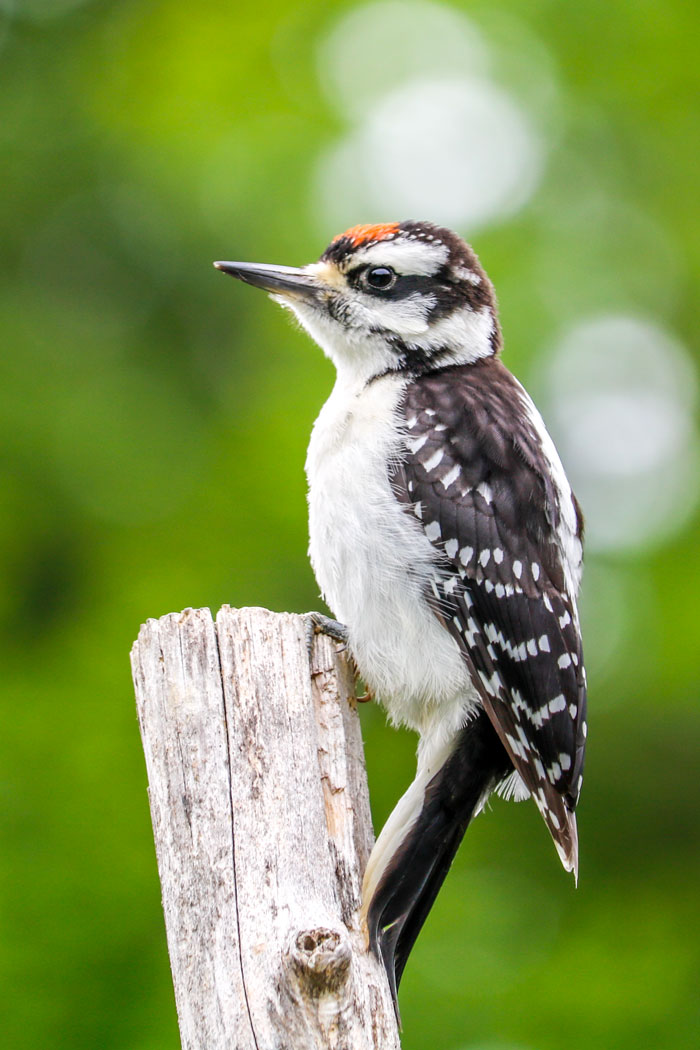
Juvenile hairy woodpecker (Leuconotopicus villosus)
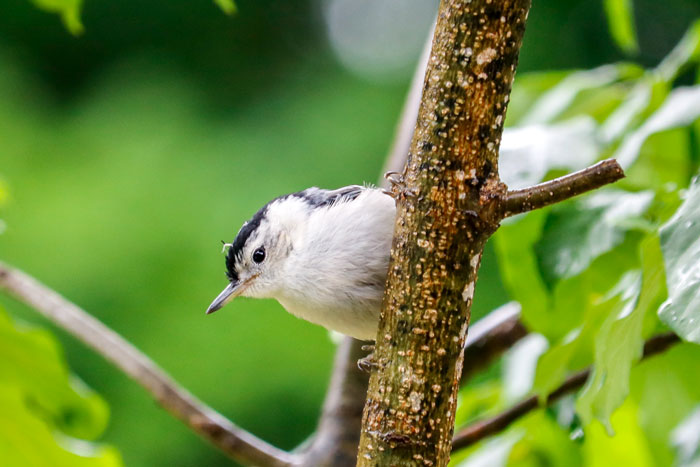
Juvenile white-breasted nuthatch (Sitta carolinensis)
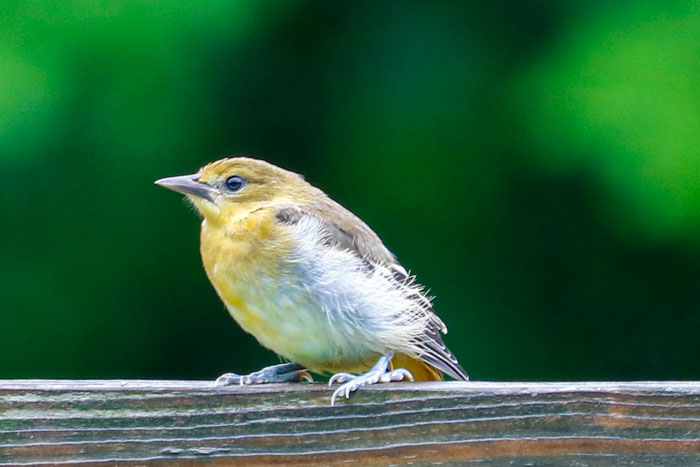
Juvenile Baltimore Oriole (Icterus)
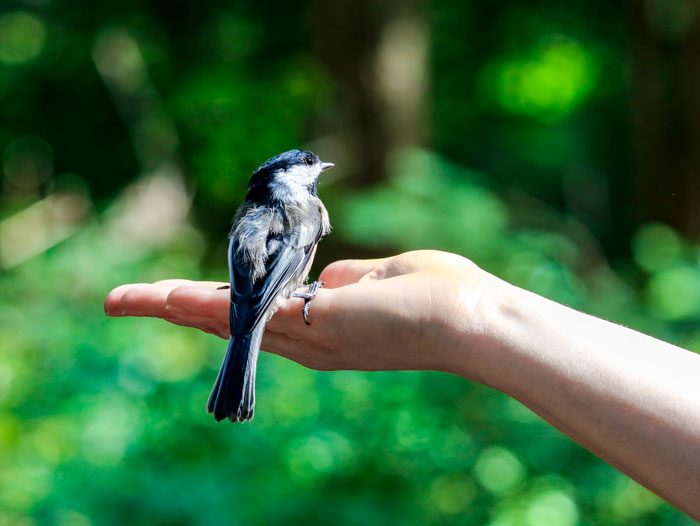
Hand-feeding black-capped chickadees
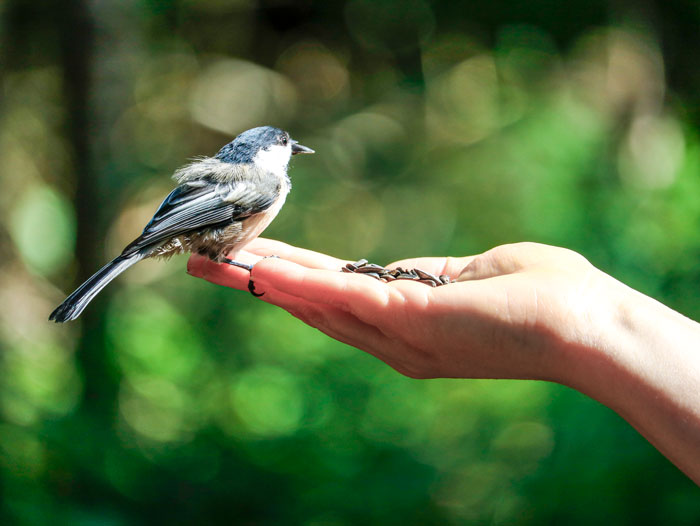
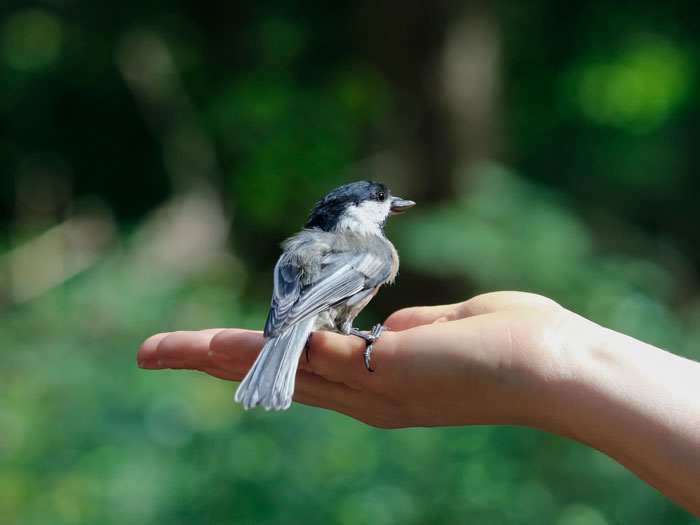
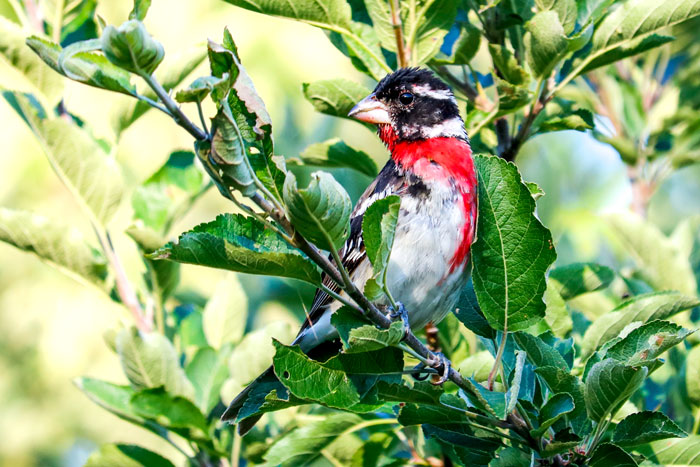
Molting rose-breasted grosbeak (P. ludovicianus)
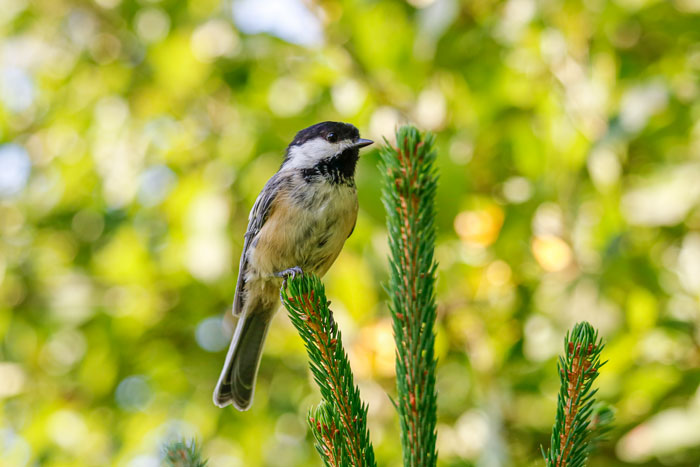
Molting black-capped chickadee
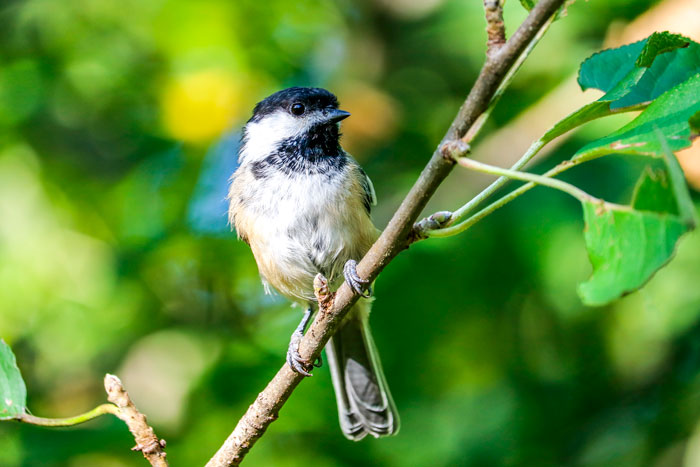
With a couple of days of nice weather this month, I was able to spend a few hours with my ruby-throated hummingbirds (Archilochus colubris) in the flower gardens and photographing them. I anticipate the arrival of these beloved birds during the spring and it seems they are never here very long. Their leaving in the fall is a sure sign that summer is over. The males will be leaving shortly followed by the females.
As quickly as I have been making nectar and refilling the hummingbird feeders, they have been emptying them. They will soon be getting ready for their fall migration and I hope to ensure that they will have enough energy for their great journeys back to Mexico or Central America for the winter. In the meantime, I have been enjoying watching them and their antics.
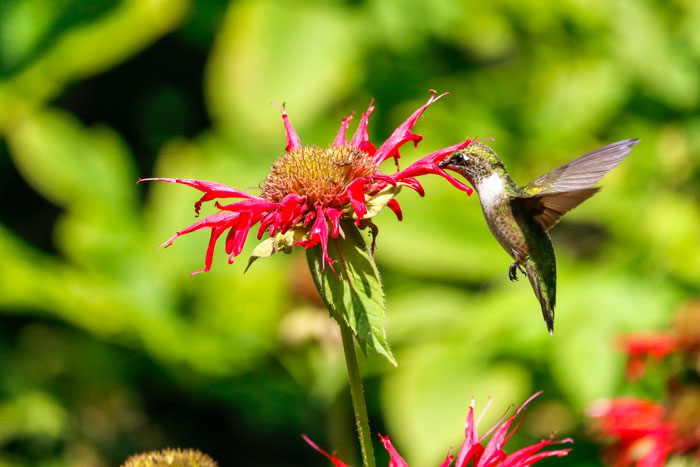
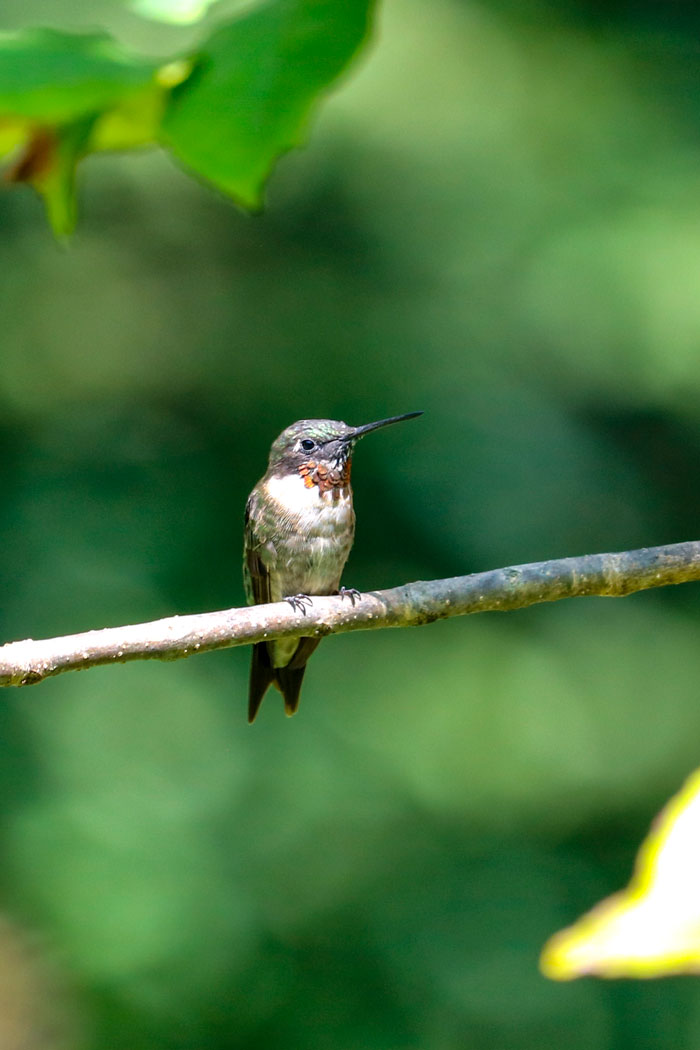
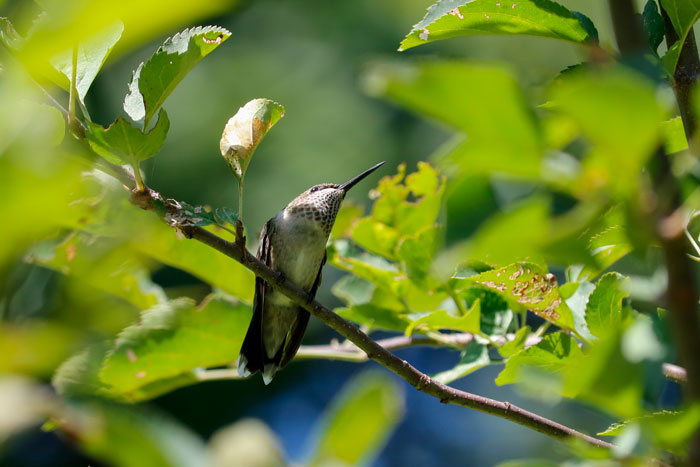
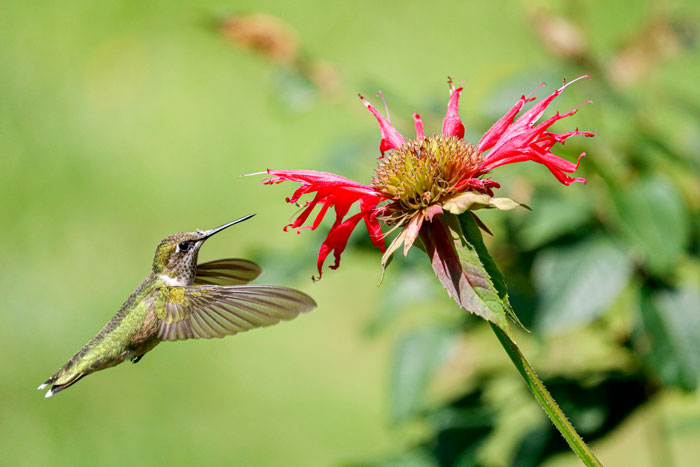
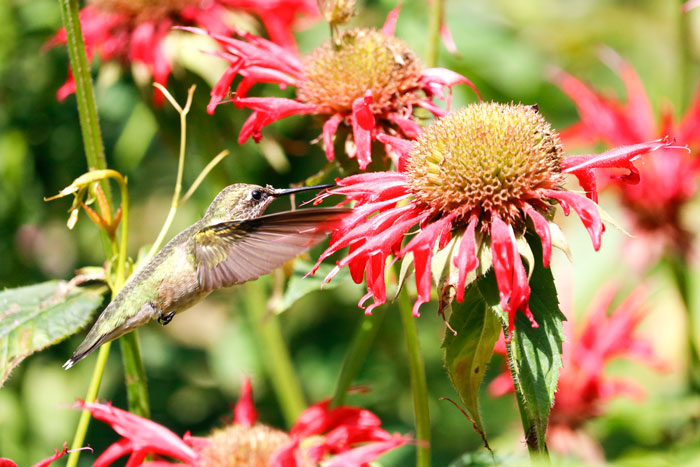
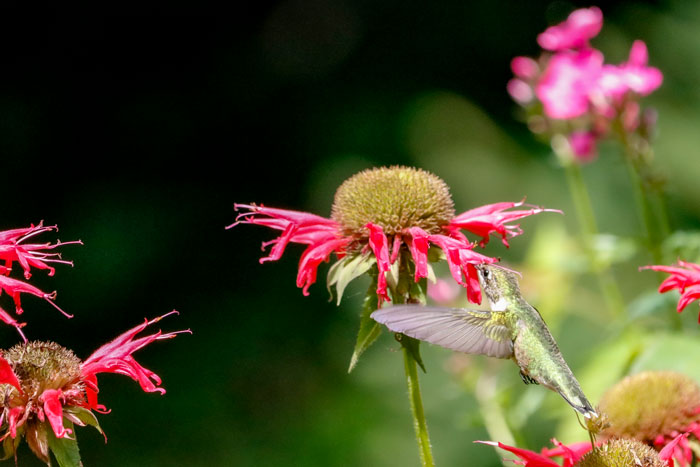
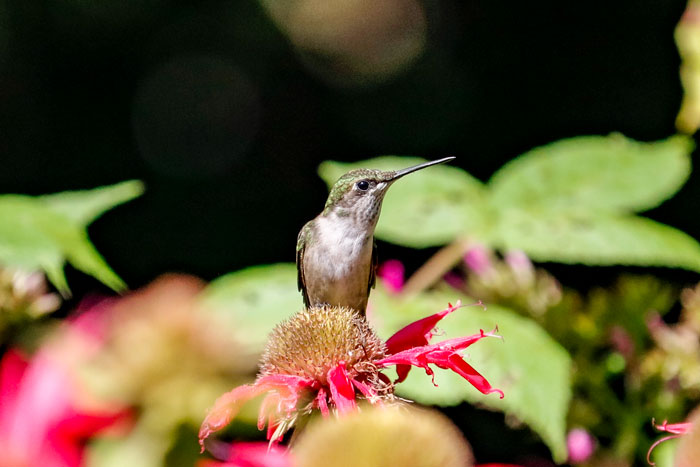
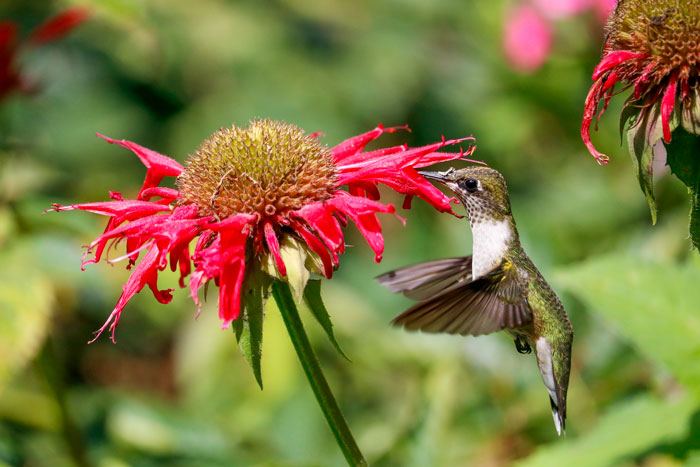
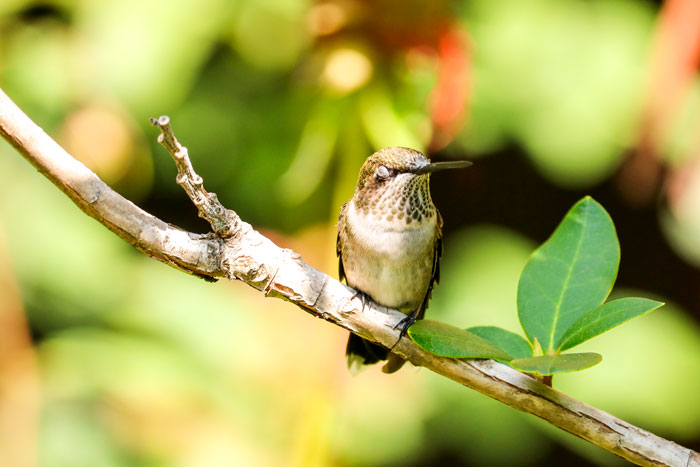
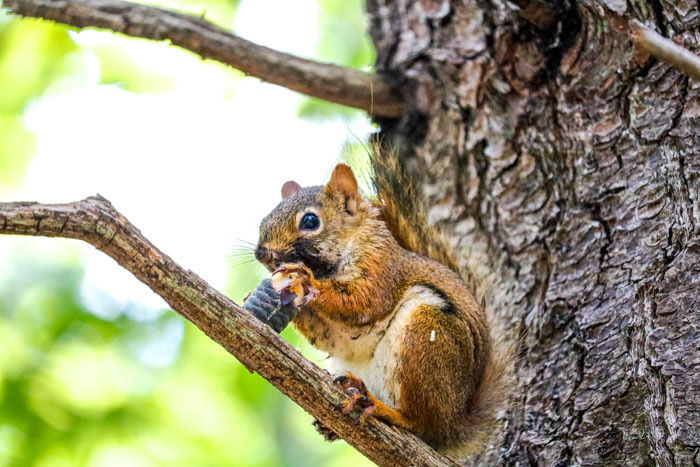
I couldn’t forget mentioning these guys. The American red squirrels have been busy foraging for food in the woods and not taking advantage of the fallen seeds around my feeders. They will be back soon as the colder weather rolls in and I will begin to see them in the yard more frequently. I have seen this one, in particular, enjoying different types of pine cones and this would probably explain why its face and chest are covered in sap, making it look like it could use a serious bath!
It is nice to know that these insects and birds are thriving and have chosen to make their temporary havens in my yard. Many of these species will be moving on and won’t be back until next spring. I suppose this is to be expected as the seasons change. I’m looking forward to the fall as I’m not sure I can hear about yet another heat advisory for our area. This has been an awfully hot and humid few months and I am very much looking forward to the fall. With the arrival of the new season, I will be sure to see more migratory birds, especially warblers. Here are a couple of warblers that have decided to take advantage of the yard before they move on for the season.
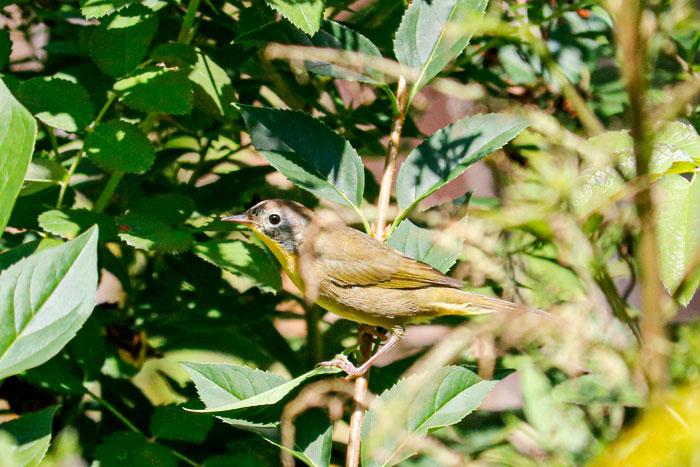
Spotting a juvenile common yellowthroat (Geothlypis trichas)
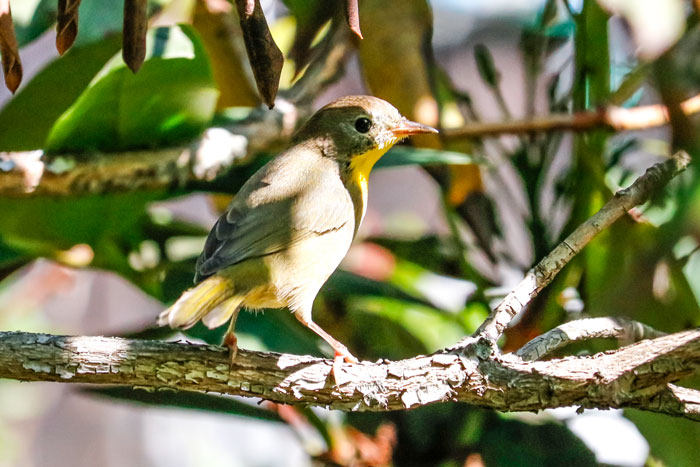
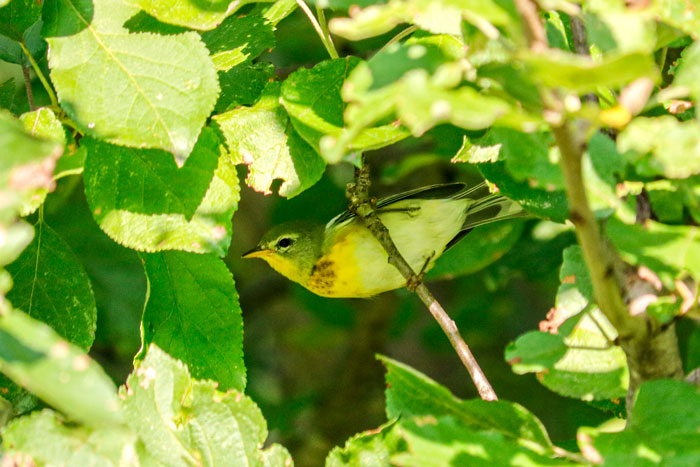
Northern Parula (Setophaga Americana) searching for insects in a fruit tree
Before you know it, the air will be crisp and the nights will be cooler again. Perhaps we will even have our first frost in a few weeks. We have already had a few whispers of the fall as a few of the leaves have already started to change on the property.
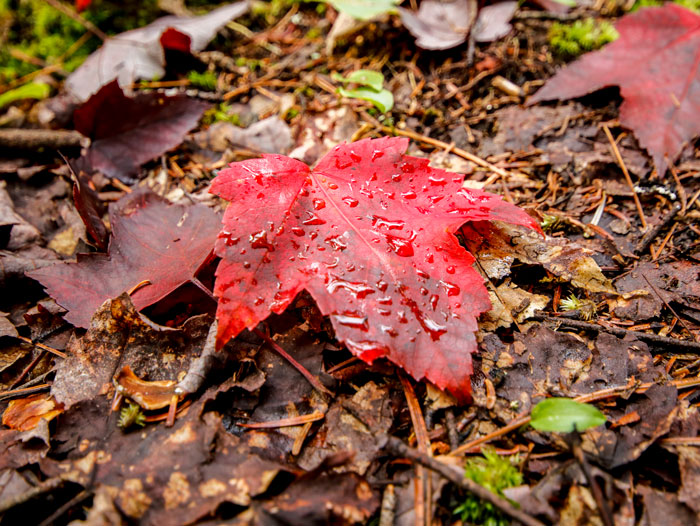
We will soon be doing fun things again in the nicer weather such as leaf-peeping, hiking, and apple picking, which of course leads to a lot of baking. Yum! How I do appreciate the changing of the seasons.
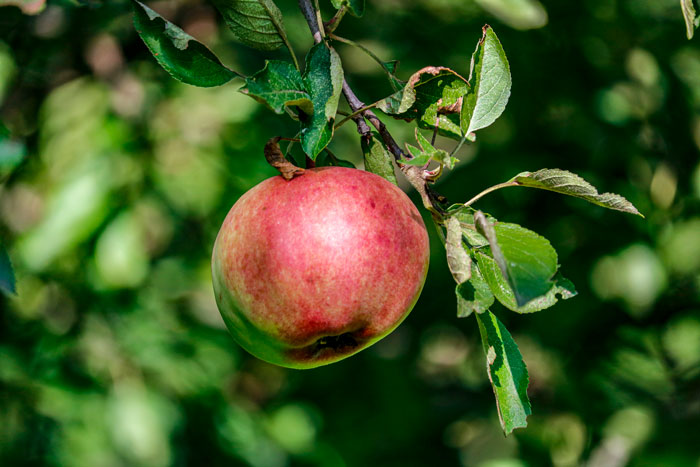
Fabulous photographs. The hummingbird and the hummingbird moth are so clear.
Thank you, John! I’m so glad you enjoyed the photographs!
Take care,
Laura
Beautiful images, Laura, love the butterflies and hummingbirds.
Seb, thank you so much for your kind words!